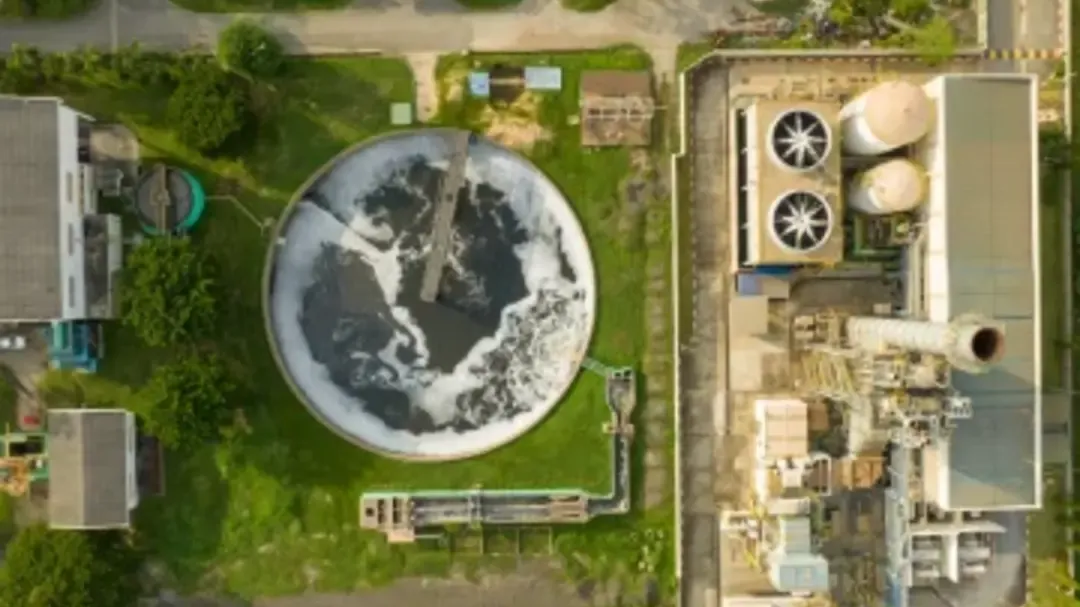Introduction: The Need for Advanced Water Treatment Solutions
Clean water is essential for all life, yet due to industrialization and population growth, water scarcity and contamination are increasing. Only 3% of the world’s water is suitable for drinking and agriculture. Contaminants like heavy metals, cyanides, and dyes are escalating globally.
In this context, membrane separation processes have emerged as a highly effective wastewater treatment technology. With advancements in nanotechnology, membrane systems now enhance treatment efficiency and allow for safe reuse of industrial water, including in food manufacturing facilities.
Key Challenges in Wastewater Treatment
Despite the effectiveness of membrane systems such as microfiltration (MF), ultrafiltration (UF), nanofiltration (NF), and reverse osmosis (RO), several challenges persist:
- Membrane fouling due to deposition of inorganic substances, microorganisms, or solute absorption
- High maintenance costs from frequent cleaning
- Reduced membrane performance over time
- Short lifespan of polymer-based membranes
This is particularly relevant to food processing consultants and food factory design engineers who must ensure reliable water reuse systems with minimal operational downtime.
Types of Membrane Separation Technologies
1. Microfiltration (MF)
- Separation size: 0.1–0.2 µm
- Applications: Pre-treatment for NF and RO
- Advantages: Reduces fouling, low-pressure operation
- Limitations: Ineffective against viruses and dissolved solids
Used as a pretreatment step in food processing facilities to ensure cleaner feed water.

2. Ultrafiltration (UF)
- Separation size: 0.005–10 µm
- Applications: Removal of suspended solids, pathogens, and macromolecules
- Limitations: Does not remove dissolved inorganic substances
Ideal for food industry wastewater, especially in dairy or beverage plants requiring sterile water.

3. Nanofiltration (NF)
- Separation size: 200–1000 Da molecular weight
- Applications: Water softening, dechlorination, organic compound removal
- Limitations: Still in R&D for large-scale commercial use
Provides value-added wastewater treatment for food manufacturing consultants seeking eco-efficient solutions.

4. Reverse Osmosis (RO)
- Separation size: Up to 0.1 nm
- Applications: Removal of all dissolved solids, bacteria, and viruses
- Advantages: Converts hard water to soft water
- Limitations: High pressure requirements, expensive membranes
Critical in food processing plants for ensuring ultra-pure water for sensitive processes like brewing or bottling.

Applications in the Food Industry and Beyond
Membrane technology supports:
- Industrial water reuse
- Recycling of process water
- High-purity water for food plant operations
- Effluent treatment in food processing zones
This is especially relevant for food technology consultants and engineering firms designing turnkey food factories.
Key Engineering Focus Areas:
- Monitoring and controlling membrane fouling
- Integration with sensor technology for smart water management
- Development of high-strength, anti-pollution membranes for long-term use
Membrane process
 Driven
Driven
force
Conclusion
Membrane separation technology offers sustainable, efficient solutions for industrial wastewater management. For the food manufacturing industry, it supports water efficiency, regulatory compliance, and cost savings—a key interest for food business consultants, food processing consultants, and engineering consulting firms.
While issues like fouling and membrane cost remain, continuous R&D is paving the way for next-gen, high-performance membranes. These innovations promise enhanced scalability, longer lifespan, and more widespread use in food factory design and project-managed water treatment solutions.
 PMG stands for Projects Management Group. We provide state-of-the-art Engineering Services to build world-class food processing factories.
PMG stands for Projects Management Group. We provide state-of-the-art Engineering Services to build world-class food processing factories.  Engineering is the difference between Chaos and Excellence. If you are going to do it, do it right.
Engineering is the difference between Chaos and Excellence. If you are going to do it, do it right.  Explore the diverse range of Products in the Food Processing Industry.
Explore the diverse range of Products in the Food Processing Industry.  Explore the technologies at the heart of the the Food Processing Industry.
Explore the technologies at the heart of the the Food Processing Industry. 


 Back
Back 



